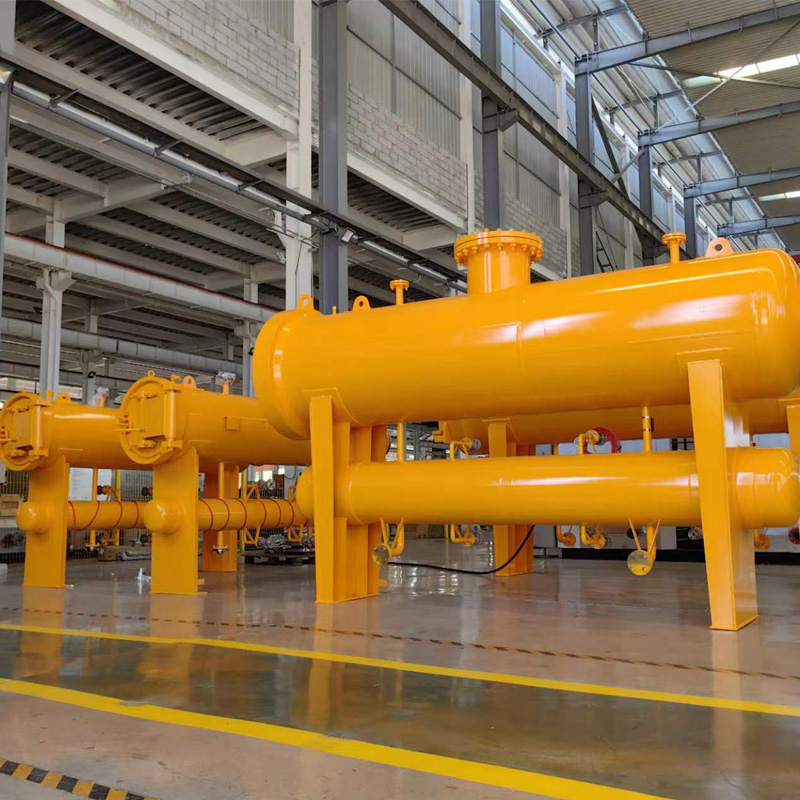
Nov . 21, 2024 12:07
Back to list
محطة توزيع الغاز
Gas Distribution Stations The Backbone of Energy Supply
Gas distribution stations play a crucial role in the energy infrastructure of any modern society. These facilities are responsible for delivering natural gas, a vital resource for residential, commercial, and industrial use. As the world moves towards cleaner energy solutions, understanding the significance and operation of gas distribution stations becomes increasingly important.
What is a Gas Distribution Station?
A gas distribution station is a facility that converts high-pressure natural gas from transmission pipelines into lower-pressure gas suitable for local distribution systems. These stations ensure that gas is safely and efficiently delivered to consumers, whether for cooking, heating, or powering various industrial processes.
The process begins with the arrival of high-pressure gas from the transmission network. At this point, the gas passes through a series of regulators and meters at the station. These components lower the pressure and measure the quantity of gas flowing through the system, ensuring that it is delivered reliably and safely. After this step, gas is odorized, a crucial safety measure to help detect leaks, before being funneled into the distribution pipelines.
Safety Measures in Gas Distribution Stations
.
Regular inspections and maintenance of the equipment are vital to preventing leaks or failures. Modern technology, including the use of sensors and remote monitoring systems, helps operators detect issues early, allowing for prompt action before problems escalate. These safety measures not only protect the facility workers but also the surrounding communities.
محطة توزيع الغاز

Environmental Considerations
With increasing awareness of climate change and environmental concerns, gas distribution stations are adapting to incorporate greener practices. Many stations are now looking into utilizing renewable energy sources for their operations, such as solar panels and wind turbines. Moreover, advancements in technology are leading to more efficient gas distribution processes, reducing waste and emissions.
Gas is often seen as a transitional fuel as societies strive for energy solutions that produce lower carbon emissions. Its role in reducing reliance on more polluting energy sources, such as coal and oil, cannot be overstated. The efficient operation of gas distribution stations is essential in supporting this transition, ensuring that natural gas remains a vital part of the energy mix.
Future Developments in Gas Distribution
As technology evolves, the future of gas distribution stations looks promising. Innovations in automation and artificial intelligence are enhancing how these stations operate. Smart monitoring systems can predict maintenance needs, optimize gas flow, and improve the overall efficiency of the distribution system.
Moreover, as economies are searching for sustainable solutions, the integration of biogas and hydrogen into existing gas networks is being explored. These alternatives can significantly reduce carbon footprints while utilizing the existing infrastructure of gas distribution.
Conclusion
Gas distribution stations are a critical component of the energy supply chain, providing reliable access to natural gas for homes, businesses, and industries. While ensuring safety and efficiency, these stations are also adapting to meet the challenges of a changing energy landscape. With ongoing advancements and a focus on sustainability, gas distribution stations will continue to be a pivotal part of how societies manage and distribute energy in the years to come. As such, their development and modernization should be closely monitored and supported to ensure a resilient and environmentally friendly energy future.
Next:
Latest news
-
Safety Valve Spring-Loaded Design Overpressure ProtectionNewsJul.25,2025
-
Precision Voltage Regulator AC5 Accuracy Grade PerformanceNewsJul.25,2025
-
Natural Gas Pressure Regulating Skid Industrial Pipeline ApplicationsNewsJul.25,2025
-
Natural Gas Filter Stainless Steel Mesh Element DesignNewsJul.25,2025
-
Gas Pressure Regulator Valve Direct-Acting Spring-Loaded DesignNewsJul.25,2025
-
Decompression Equipment Multi-Stage Heat Exchange System DesignNewsJul.25,2025

